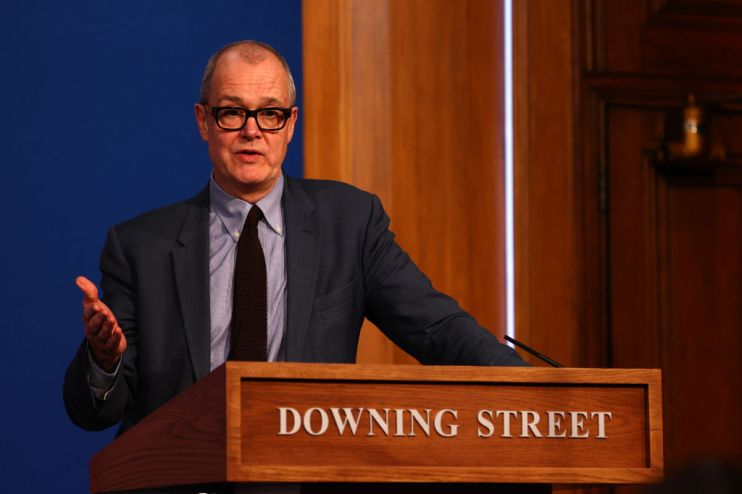Precaution is a useful thing, but designing policy based on maybes is a dangerous road

It is is so familiar, the script almost writes itself. Health professionals start to call for more restrictive measures at the slightest whiff of bad news. The government initially dismisses the concerns. Gradually, ministers – many of them almost wholly innumerate – are beaten into submission by projections of what might happen.
If we were lacking proof, we only need to look at deputy Prime Minister Dominic Raab’s faux pas on Tuesday: he misspoke, and said there were 250 people in hospital with Omicron. There are only 10. Elsewhere, Neil Ferguson of Imperial College warned there “could” be 10,000 hospitalisations a day. With the protection vaccines offer from serious complications, that would be a spectacular downfall of the inoculation. For context, that’s more than double the previous peak in January.
The making of government policy with a hefty reliance on “could”s and “might”s is a dangerous precedent as we tread the weary track of another winter.
For anyone with a reasonable degree of mathematical competence, it is trivially easy to set up a standard epidemiological model using opensource software and generate a wide range of scenarios. Almost any number of cases, hospitalisations and deaths can be produced from the model in the course of an afternoon.
If the range is sufficiently wide enough, one of them will be proved “correct”. Though even this simple task has sometimes eluded the deeply pessimistic epidemiologists. It was just over a year ago that Patrick Vallance,the government’s chief scientist, cited forecasts which claimed that deaths could rise to 4,000 a day by the end of 2020 if a second lockdown was not imposed. The actual figure was barely one-tenth of this. Vallance’s statement was judged to be so implausible that it earned him a rebuke from the official statistics watchdog, the UK Statistics Authority.
In summer this year, government scientists said that the full lifting of lockdown on 21 June “could” lead to 1,000 deaths a day and 10,000 hospitalisations a day. We now see these projections were absurd.
It is straightforward to criticise the projections. But there is a far more important point at stake. In the late spring and early summer of 2020, a small number of economists drew attention to the massive costs of lockdown. Both David Miles of Imperial, a former member ofthe Monetary Policy Committee, and Bob Rowthorn, former head of the economics department at Cambridge, concluded independently that the costs of lockdown far exceeded the benefits on any plausible set of assumptions.
Their analyses were impressive. But, unlike the epidemiologists, their predictions about the costs have proved spot on. Hardly a day goes by without further strong evidence emerging of these costs.
The NHS, despite having huge amounts of money thrown at it, has been unable to prevent a massive rise in waiting lists. Mental illness has risen, millions of children have fallen behind at school, domestic and child abuse is up sharply. The list goes on. It is a devastating indictment of lockdown.
For the epidemiologists, this is of no consequence. Most of them live in their own little bubble, solely concerned with their “forecasts”.
Economists, by contrast, look at the broader picture. They know that every aspect of public policy involves a tradeoff. Each decision will have its own costs and its own benefits.
